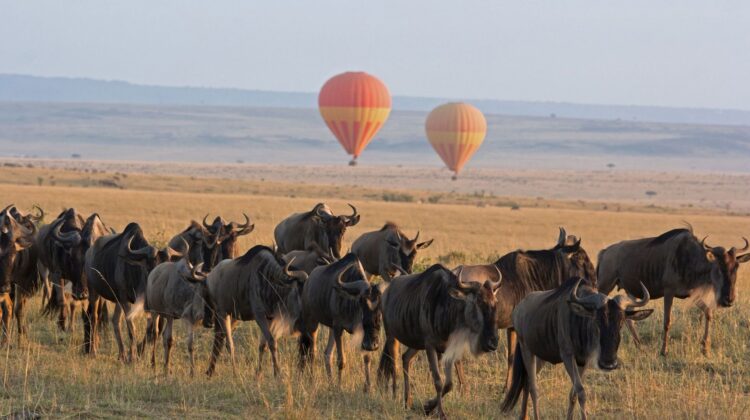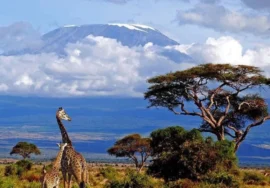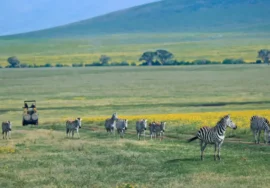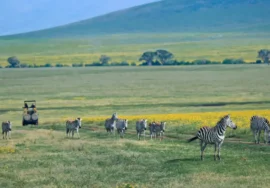
Best time to go on safari in the Serengeti
Best time to go on safari in the Serengeti. Best time to visit the Serengeti. When vacationing in Tanzania, the goal is usually to go on a safari, to the beach, or both. As a general rule, the best time to visit Tanzania on safari is between July and October, when the weather is dry and sunny. As the parks dry out, the shrubs grow less dense, making the animals easier to identify, but also forcing them to concentrate near the surviving water holes. Short rains fall in November (which can sometimes last into December, January, and March) before the long rains of April and May. However, December, January, and February remain ideal months to visit Tanzania.
When is the ideal time to go on safari in the Serengeti?
The Serengeti is a challenging area to pick when to visit! The average temperature is in the late 20s all year, so it’s never too hot or too cold – thus this isn’t an issue. If you don’t want to be rained on, travel during the dry season, which lasts from June to October and has substantially less rainfall than the rest of the year.
Avoid March, April, and May if you don’t want to get rained on. Short afternoon showers may occur in November, December, January, and February, but they will have little impact on animal watching. The Serengeti plains are alive with life, so some people choose to travel in the rainier months. While you may get caught in the mud every now and again, you will still have an incredible safari at a quarter of the price as in high season. It is all part of the adventure!
Another important consideration is the location and density of the Great Wildebeest Migration at any given time of year. In general, the two best times to see them are during the dry season, which runs from July to late October, when they cross the mighty Mara River in the park’s north, and in February (and January and early March) in the southern Ndutu area, where you can see those iconic scenes of endless plains dotted with millions of wildebeest.
The months in between are slightly more uncertain, since rain causes them to disperse because to the abundance of grass, making their course less definite. If you’re unsure, please call us – the Great Migration might be tough to understand.
Best time to go on safari in the Serengeti
| N | J | F | M | A | M | J | J | A | S | O | N | D |
Max |
29 | 29 | 29 | 28 | 27 | 27 | 26 | 27 | 28 | 29 | 28 | 28 |
Min |
16 | 16 | 16 | 16 | 16 | 15 | 14 | 15 | 15 | 16 | 16 | 16 |
Sunshine in Serengeti |
8 | 8 | 8 | 7 | 8 | 8 | 8 | 8 | 8 | 8 | 8 | 8 |
Daylight in Serengeti |
12 | 12 | 12 | 12 | 12 | 12 | 12 | 12 | 12 | 12 | 12 | 12 |
Rainy Days in Serengeti |
13 | 13 | 16 | 21 | 16 | 7 | 6 | 7 | 7 | 10 | 16 | 15 |
Rainfall in Serengeti |
79 | 101 | 130 | 156 | 89 | 34 | 13 | 28 | 54 | 71 | 117 | 106 |








